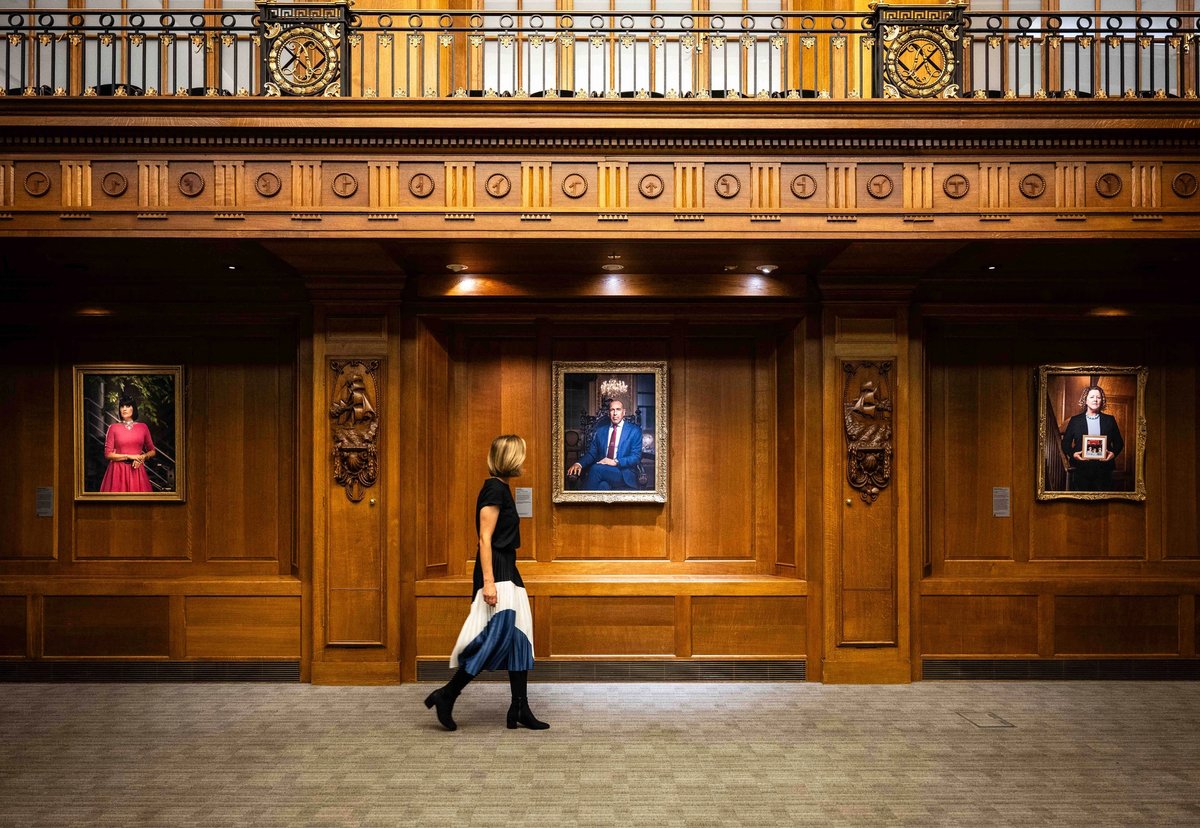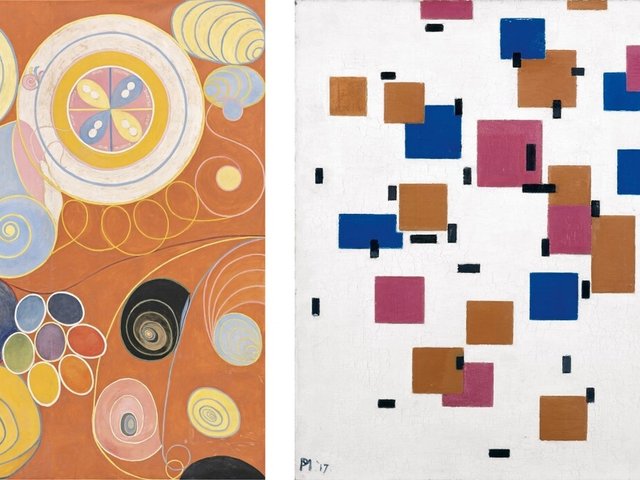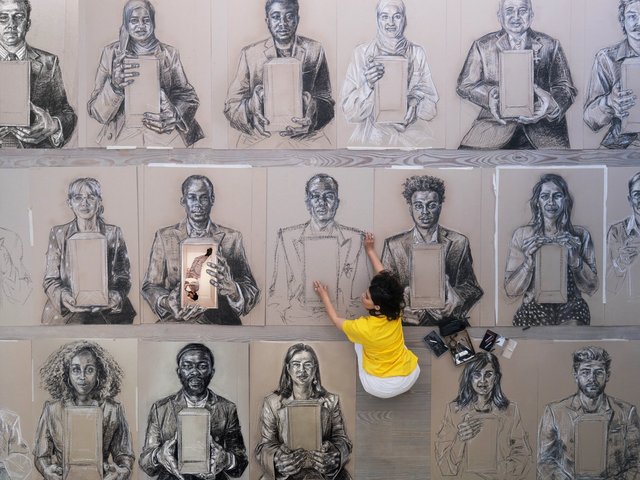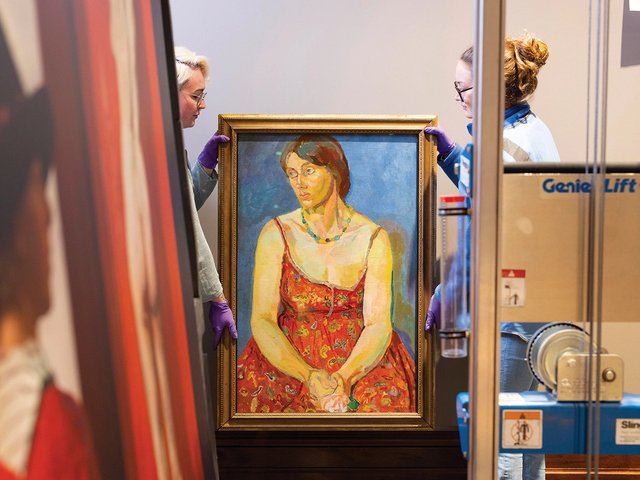Lloyd’s of London, one of the world’s largest insurance marketplaces, has unveiled photographic portraits of six individuals linked to the business by the artist Franklyn Rodgers, including the first openly trans woman working in the Lloyd’s market. The works have gone on show in the Old Library at the Lloyd’s building in the City of London.
Rodgers has created “six portraits of diverse role models which will be displayed in Lloyd’s historic Old Library to celebrate the progress made in creating an inclusive cultural marketplace”, a project statement says.
The works will be unveiled during the annual Dive In Festival (26-28 September; for registered guests), which celebrates “diversity, equity and inclusion in the insurance industry”.

David Flint with the artist Franklyn Rodgers
Courtesy Lloyds of London
The sitters include David Flint, the first Black broker in the Lloyd’s market and chief executive of Blue Mountain; Rebecca Mason, the first openly trans woman in the Lloyd’s market (currently Senior Wordings’ Manager at MS Amlin); and Sheila Cameron, the first female chief executive of the Lloyd’s Market Association.
The other sitters are Kirat Kaur Nandra, credit control manager at Chubb; Erik Johnson, co-founder of three diversity, equity and inclusion partner networks, and Rob Anarfi, diversity, equity and inclusion champion and chief risk officer at Beazley.
Flint, one of the sitters, writes on LinkedIn: “I spent two hours under his [Rodgers’s] expert direction, all for the production of a suite of photographs to be used by Lloyd’s as part of their celebration of cultural heritage and the lived experience of some of the diverse characters in the Lloyd’s market.”
Mason writes on the 50 Over Fifty website: “As one of the first trans women in the market, I have seen a revolution in attitudes. From a time where trans people were the subject of scorn and ridicule in the workplace, to a time where we are encouraged to be visible.”

The artist with some of the sitters. Left to right: Rebecca Mason, David Flint, Franklyn Rodgers, Erik Johnson, Kirat Kaur Nandra
Courtesy Lloyds of London
Rodgers tells The Art Newspaper: “Lloyd’s were open to taking this journey; this is a unique time—the way corporations now understand their history and engage with that in a contemporary context.”
On its website Lloyd’s says: “From 1640 to the early 19th century, an estimated 3.2 million enslaved African people were transported by Britain’s vast shipping industry, and Lloyd’s was the global centre for insuring that industry. We are deeply sorry for the Lloyd’s market’s participation in the transatlantic slave trade.”
Rodgers researched the history and development of Lloyd’s as a corporation and the symbolic Old Library, which was built in 1928. “The project has been an amazing learning curve,” he says.“Artists spend a lot of time looking but they also need to listen. I had long conversations with the sitters and sent them questions before the conversations began; I want to unpack the significance of how they want to be seen. It’s a collaborative insight.”





